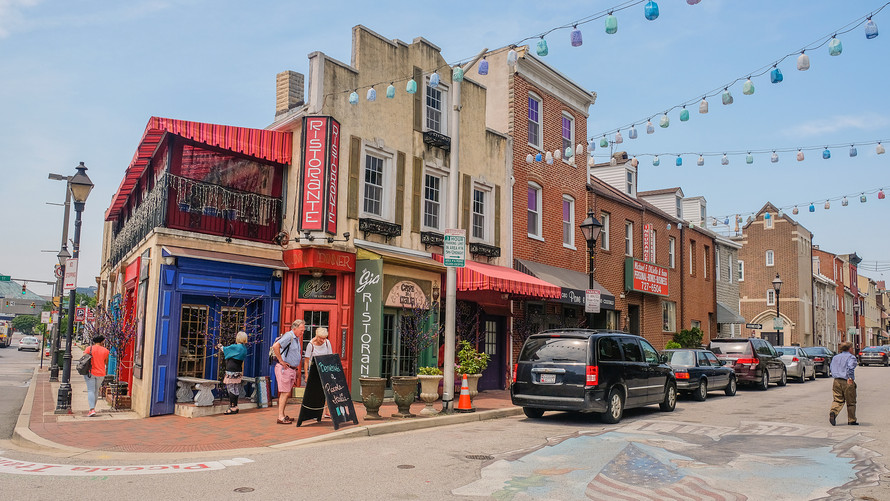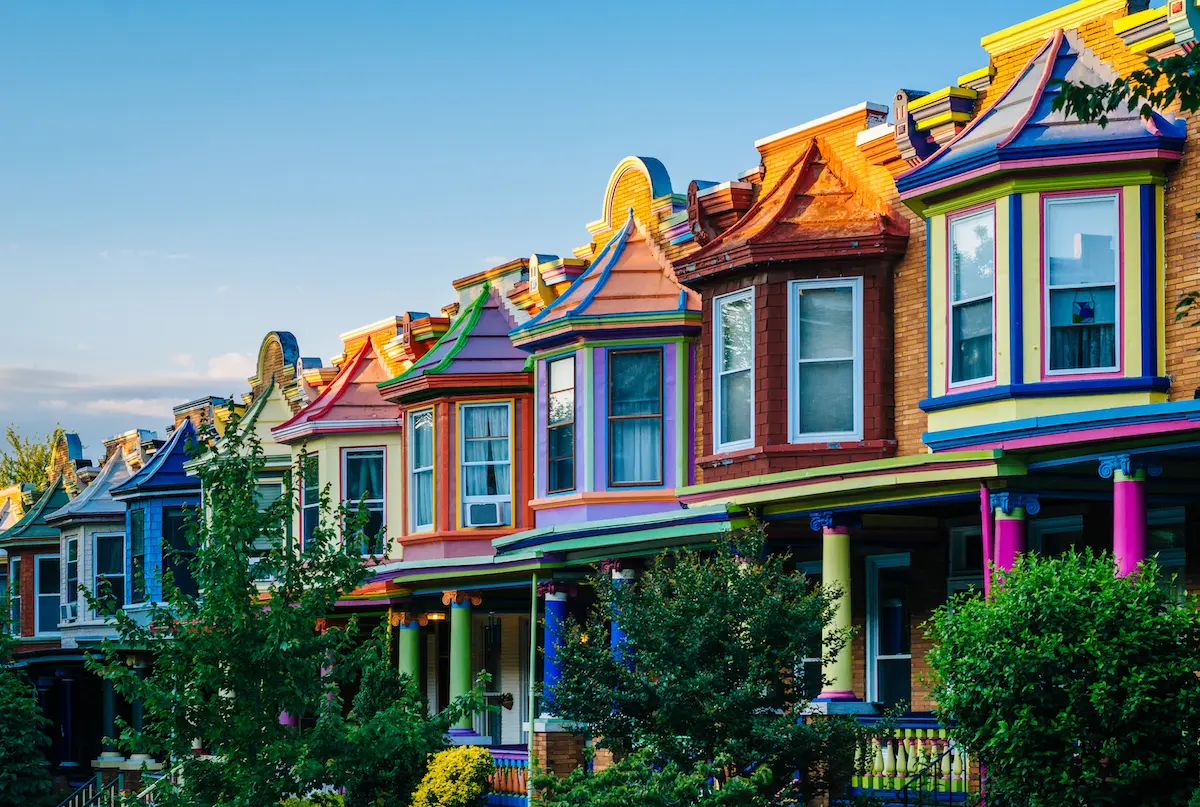Living in Baltimore, Maryland, has its perks. Known as “Charm City,” it combines big-city amenities with a small-town feel. From diverse neighborhoods to historical charm, Baltimore has much to offer.
Baltimore at a Glance
Baltimore, Maryland’s largest city, has 570,000 residents and a metro area of 2.4 million. Just an hour from Washington, D.C., and two from Philadelphia, it covers 92 square miles and has a median age of 36. Founded in 1729, Baltimore offers scenic harbor rides on the Water Taxi, according to the report of PODS.
Pros and Cons of Living in Baltimore
Baltimore has a lower cost of living and cheaper home prices than nearby D.C. Renting is common and public transportation is good. Nicknamed “Smalltimore” for its community feel, the city has hot summers, cold winters, and safety concerns. Public schools have a C rating, so parents may need to research options.

(photo: MarketWatch)
Cost of Living in Baltimore
Baltimore’s cost of living is below both the national and Maryland averages. The median household income is $58,349, which is lower than the national average of $74,580. Renting a one-bedroom apartment costs $1,550 per month, $150 less than the national average. However, utilities and transportation costs are slightly above the national average.
Historic Homes and Real Estate
Baltimore is perfect for history buffs featuring numerous historic districts. The average home value is $183,200, lower than Maryland’s $415,000 and the national average of $354,200. Charming row houses in styles like Federal, Greek Revival, and Italianate enhance the city’s appeal.
Renting in Baltimore
Over half of Baltimore residents rent their homes, with prices ranging from $700 to over $2,000 per month. Options include unique row houses and luxury apartments, catering to various budgets.
Best Neighborhoods in Baltimore
Federal Hill offers harborside charm, Inner Harbor views, and proximity to amenities. Hampden is known for its quirky vibe, colorful row houses, and trendy atmosphere. Mount Vernon features historic mansions and cultural institutions like the Baltimore Symphony Orchestra. Other notable neighborhoods include Canton, Fells Point, Harbor East, Remington, and Little Italy.
Public Transportation in Baltimore
Living without a car in Baltimore is feasible. The city offers buses, the Metro SubwayLink, Light RailLink, MARC train, and the BWI Airport Shuttle. Uber, Lyft, and taxis are also available for areas beyond public transit reach.
READ ALSO: Detroit Crime Rate Statistics
In summary, Baltimore’s affordability historical charm, diverse neighborhoods, and robust public transportation make it an attractive place to live. Despite some challenges, its unique character and community feel appeal to many.




![Tyson Foods Plant [Photo: Food Manufacturing]](https://southarkansassun.com/wp-content/uploads/2023/08/iStock_1185520857__1_.5e441daa51cca-600x337.jpg)







![Silverado Senior Living Management Inc. [Photo: Los Angeles Times]](https://southarkansassun.com/wp-content/uploads/2023/10/download-6-4-600x337.jpg)

![China's Wuhan Institute of Virology [Photo: Nature]](https://southarkansassun.com/wp-content/uploads/2023/09/d41586-021-01529-3_19239608-600x337.jpg)
















